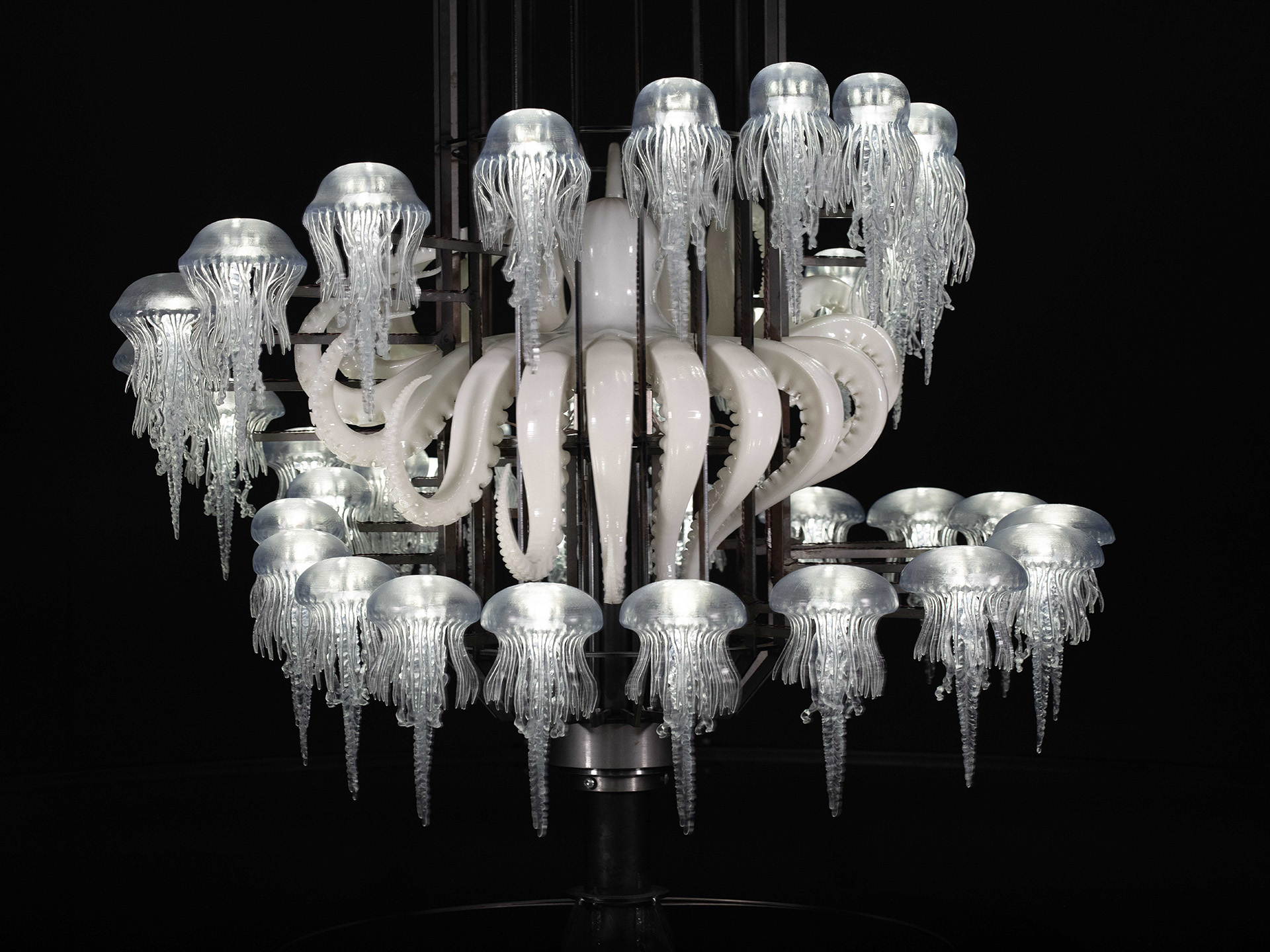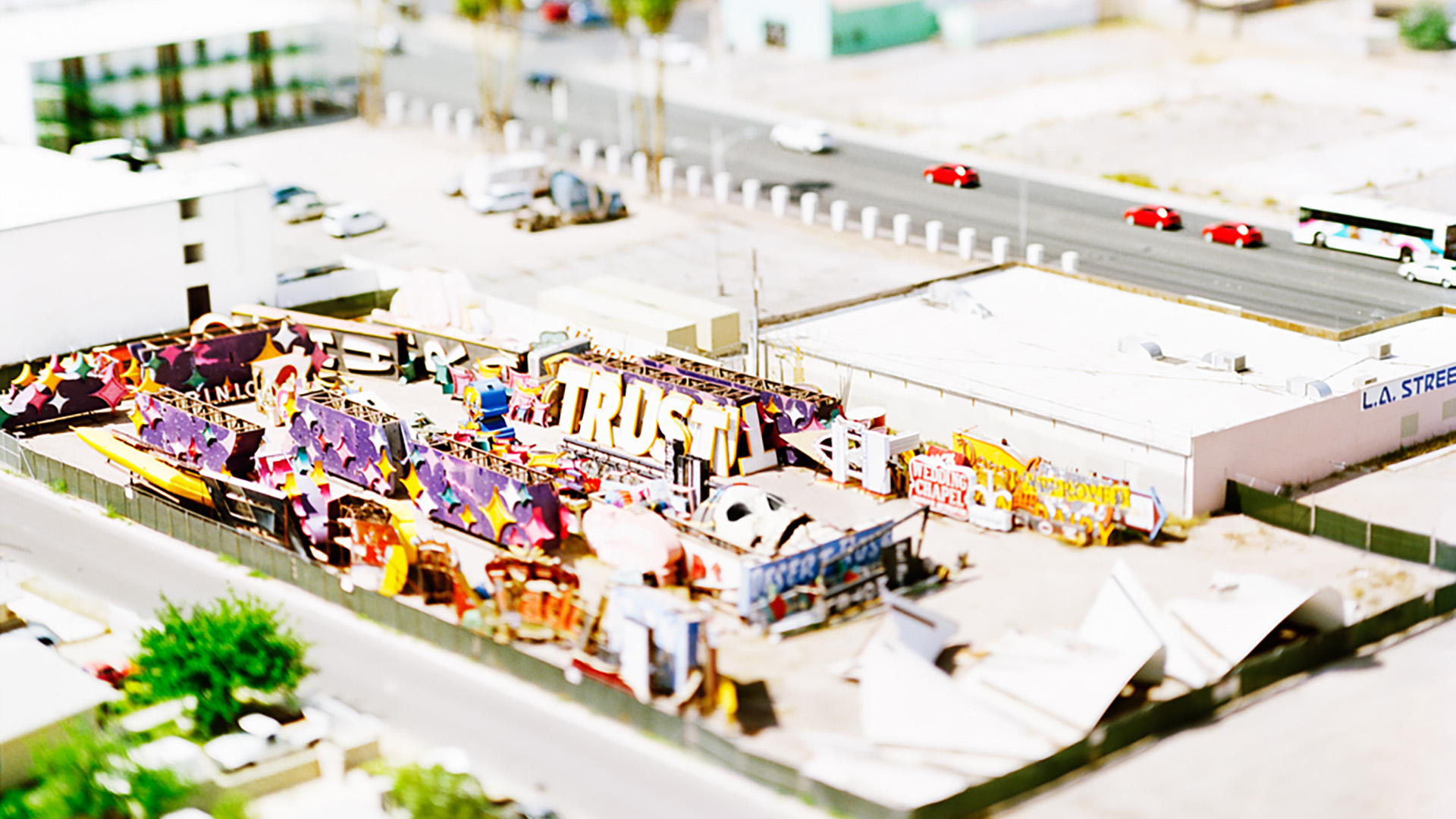Blog
From Melancholy to the Decadence of Climate: Arrhythmia
27 October 2023 Fri
Kumru Eren analyzes Mat Collishaw's works in the exhibition "Arrhythmia" in the context of philosophical research focusing on the concept of melancholy.

DR. KUMRU EREN
Manager of Borusan Contemporary
Albrecht Dürer, Melancholia I, 1514, Etching
A dark-faced angel broods in the corner with a garland of buttercups and watercress on her head. In one hand she rests her head, while in the other she holds a compass. She sits in front of a wall behind which a mysterious square is visible, with a dressed putto i. next to her and a hound at her feet. The putto is surprisingly clothed and writing or drawing in a notebook on his lap. Behind him is a bell announcing death and an hourglass evoking the limited time of a human life, a memento mori ii. Carpenter's tools under the angel's feet and nails referring to the crucifixion of Jesus are scattered randomly on the floor. There is also a crucible, one of the tools alchemists use to transmute base metals into gold. As for the center of the painting, an octahedron stands out, an intricate octagonal prism known as the Dürer object... Every inch of the composition in the engraving titled Melancholia I is saturated with complex symbolism, and according to Erwin Panofsky, it was a psychological self-portrait of Albrecht Dürer. Considered the artist's summa iii. in every respect, this engraving, together with St. Jerome in His Study, form the canons of iconography. Panofsky deduces that these two paintings represent secular and divine knowledge in Dürer's mind. 1
Simultaneously an occultist, a physician, and a legal scholar, Cornelius Agrippa was one of the remarkable personalities who shaped the German Renaissance. Shortly before Dürer made this engraving Agrippa had famously discussed melancholy on three levels. Agrippa believed that the first level of melancholy reigned over the imagination, which was thought to be intrinsic to artists. Agrippa's melancholy sequence continues with scientists and doctors at the second level. And at the third and highest level, which is the instinctive level, were theologians. Auspiciously, Agrippa managed to carry this affective state, which Hippocrates associated with bodily fluids and the Middle Ages; acknowledged as “possession” to the New Age as the “artist's disease”. For melancholia, which has been a puzzling issue since Hippocrates, contemporary medical literature has adopted the definitions for clinical psychiatry in the 20th century and defined it as a state of grave despair caused by cyclical mourning after the lost object of love or bipolar disorder. 2

Mat Collishaw, “Zoetrop (Sounding Sirens)”, 2023.
Today the melancholy caused by the climate crisis is a common “state of mind”—of a world that has gone through a pandemic. In its aftermath, societies continue to experience problems related to socialization and mobility, in short, a lifestyle crisis. In all countries of the world, the resources of food, medicine, and medical supplies have become a matter of national security. Thus, secondary consequences such as unemployment and economic stagnation have started to arise. The climate is about to wane soon, or it will be alienated, and the world seems to be preparing for an inescapable cycle of mourning.
The “human condition” finds its expression in Hannah Arendt’s thought, as shaped by the history of human socialization and modernization, through the context of the meaning of basic human activities. This notion shapes a new and alternative debate that can no longer be limited to a modernist discourse that disregards its surroundings. The “human condition” is evolving into a multidisciplinary “world affair”, traversing history, politics, and sociology. Moreover, it is expanded to include ecology and climate what is more we are increasingly witnessing the adoption of the methods and concepts of science into the social sciences. This is the case in contemporary philosophy for instance, the “rhizome” metaphor in Deleuze's thought, comes from botany. In his discussion of the “metaphysics of mixture,” Emanuel Coccia attempts to replace an animal-centered history of evolution with a plant-centered one. He says, “In a sense, anti-species animalism is just another form of anthropocentrism and a kind of internalized Darwinism: it extends human narcissism to the animal realm.” 3
Since plants are physically and metaphysically inseparable from the world that embraces them, they are also the most grounded form of being-in-the-world. (Plants) accept all the nuances (objects and substances) to the point of melting with the world; to the point of coinciding with its very substance. 4 But in the modern world, we don't talk much about plants, and we don't remember their names. They were also neglected by philosophy for a long time. Aristotle described the psyche as the principle of the living beings universally, and there was not a distinct taxonomic class of plants in Antiquity and the Middle Ages before Carl Linnaeus. According to Aristotle psyche is the common ground of all living beings, independent of the distinction between animals, humans, and plants. 5 Today, this common ground has become the subject we talk about most often.

Mat Collishaw, Pandora, 2023.
We are delighted to welcome Mat Collishaw to İstanbul after a ten-year break with a unique selection of works, including his zoetrope iv. titled Sounding Sirens, commissioned by Borusan Contemporary. With Arrhythmia, Mat Collishaw makes the irregular heartbeat of nature, which rings in the ears of each and every one of us, visible through a methodology shaped by AI technologies across a trajectory that traverses the sciences. Starting from the Haunted Mansion, Collishaw invites the audience to hear the heartbeat of the world over the Bosporus through an expanding zone. Taking his cue from Albrecht Dürer's two watercolors Whispering Seeds and Large Piece of Turf from 1503, he breathes life into the essence of the world from ordinary plants, which are the most intimate and fundamental connection that life has with the world. He places his stethoscope on micro-organisms, twitches, aquilegias, and seedlings crossing oceans in Victorian times, together with the invasive jellyfish of the Bosporus. At the center of all these depictions, there is an octopus which symbolizes the intelligence of nature. The Borusan Contemporary galleries turn into the Wunderkammer of the artist with an extraordinary ecosystem of objects, data, and memorabilia v. In this fashion, the exhibition spaces reveal the construction of historia as Umberto Eco reminds us, this is the art and rhetoric of collecting data and developing a narrative about a particular object. 6
Arrhythmia is Mat Collishaw's summa, the sketchbook of an artist who thinks about nature, science, and history in a multidisciplinary way. It is the inevitable, fascinating, and all-consuming melancholy of an artist who depicts himself amid an apocalypse, like the one Albert Dürer's brooding angel drew in his notebook.
Kumru Eren,
İstinye, July 2023
i. a figure of an infant boy depicted as an angel, especially in European art of the Renaissance.
ii. Memento mori: (Lat.) “Remember, you will die.”
iii. Summa: a comprehensive treatise.
iv. Zoetrope: An animation device that produces the illusion of motion by displaying a sequence of drawings or photographs showing progressive phases of that motion.
v. Memorabilia: objects kept or collected because of their associations with memorable people or events.
1- Panofsky, Erwin, The Life and Art of Albrecht Dürer, Princeton, 1967
2- Akın, Haydar, Delilik, Melankoli, Cinlenme-Hristiyan Batı Dünyasında Aykırılık Yaratan Hallerin Tarihi, Verba Yayınları, Eskişehir, 2021
3- Coccia, Emanuel, The Life of Plants: A Metaphysics of Mixture, translated by Dylan J. Montanari, Polity Press, London: 2019, p. 4
4- ibid., p. 6
5- Aristoteles, De Anima, 414a
6- Eco, Umberto, Orta Çağ – Keşifler, Ticaret, Ütopyalar, çev.: Leyla Tonguç Basmacı, Yay: Alfa Tarih, İstanbul, 2010, s:394
ABOUT THE WRITER
Kumru Eren, D.A., has provided consultancy for both national and international collections and institutions, with a particular focus on cultural heritage development, as well as collection and asset management. She received her Doctor of Arts degree with a dissertation on the phenomenon of “Globalization of Contemporary Art in Turkey,” framed through Jean-Luc Nancy’s theories. She has given lectures on critical art theories at Marmara University in İstanbul. Her articles, critiques, and reviews have appeared in exhibition catalogues, artist monographs and cultural publications including Istanbul Art News, Artam, Varlık, Hürriyet Kitap Sanat, and Hürriyet Seyahat. She currently serves as the Artistic and Executive Director of Borusan Contemporary and is a member of AICA Türkiye (International Association of Art Critics – Türkiye), Friends of Ulay Foundation, IACCCA (International Association of Corporate Collections of Contemporary Art), the Baksı Culture and Arts Foundation, the Baksı Platform, and the TOBB Creative Industries Council.



